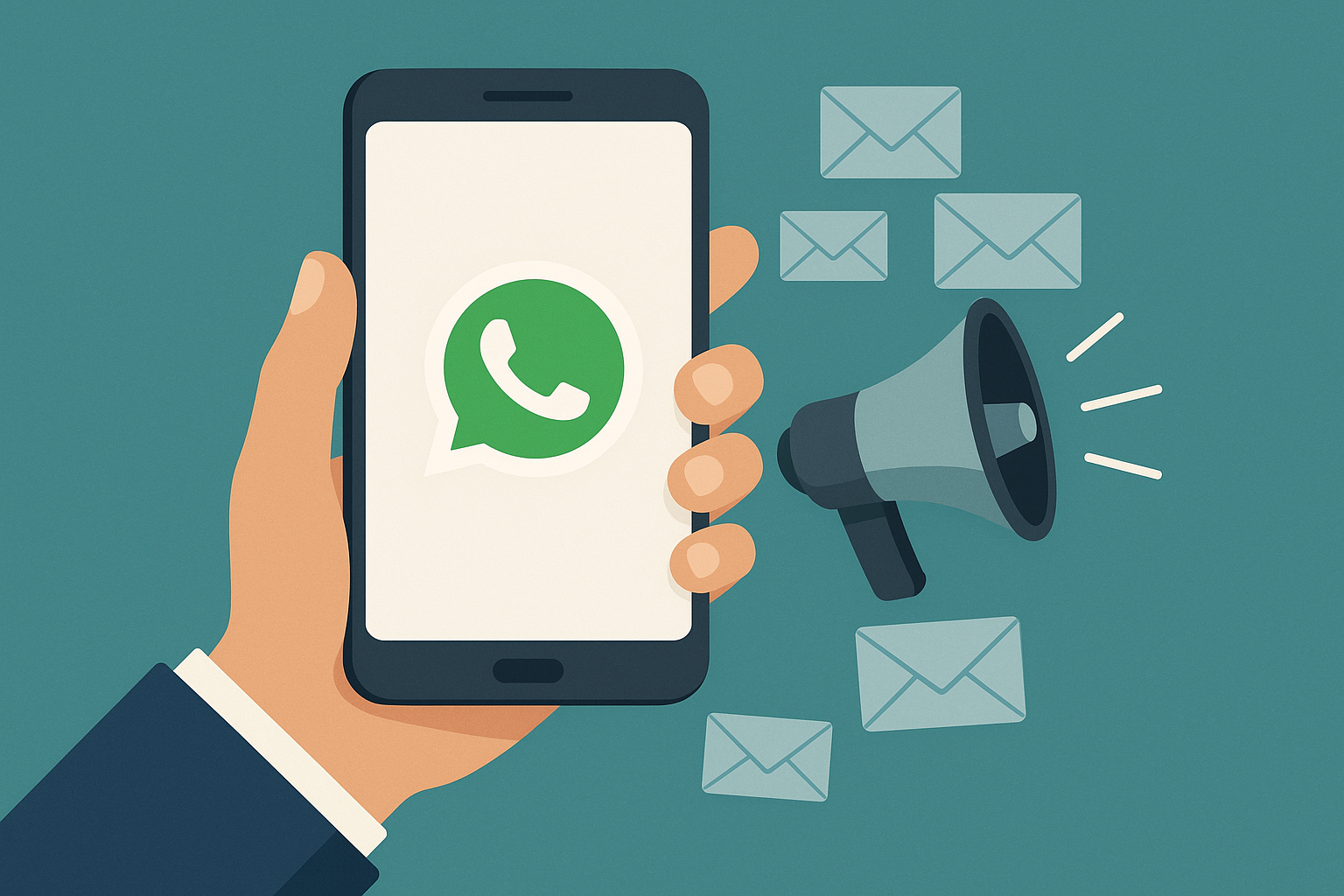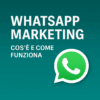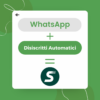L’evento, che ha riunito aziende globali, marchi, operatori di marketing e operatori di telefonia mobile di tutto il mondo ha esplorato la trasformazione, abilitata da RCS e WhatsApp Business dei messaggi , che sta cambiando il modo in cui le aziende comunicano con i consumatori, aumentando l’impegno e offrendo preziosa fedeltà e vendite.
Hai perso il webinar? Non preoccuparti, ecco un breve riassunto di ciò che devi sapere!
Consumer expectations are changing
Gen-Y è cresciuto con la messaggistica, in particolare con le app di chat OTT. Come la seconda natura, si aspettano di essere in grado di comunicare con amici e familiari in modo ricco, condividendo immagini e video, usando emoji, creando gruppi e altro ancora.
Perché i consumatori non vogliono comunicare con le imprese allo stesso modo? Ad oggi, naturalmente, la messaggistica business to consumer è stata generalmente limitata al testo, ma la nave sta girando, guidata dalla domanda dei consumatori e dai nuovi formati di messaggistica forniti A2P.
For example, functions like customer service have traditionally used IVR as a transport layer. Consumers hate it. They don't want to sit on the phone and wait for numbered options to achieve the desired result. They want to chat, interact and engage.
The mobile channel is also changing
Grandi tendenze macro nel commercio elettronico, nel marketing e nei contact center si stanno spostando sul canale della messaggistica. Nel commercio al dettaglio abbiamo visto una tendenza dai negozi di mattoni e malta, agli online, alle app e ora al canale di messaggistica in cui i prodotti possono essere visualizzati in full rich media insieme a pulsanti collegati per acquistare beni o una mappa per “trovare il mio negozio più vicino” .
Qual è il profitto aziendale?
L’elenco è lungo e comprende:
Reduction of customer acquisition costs
Increase in revenue
Maggiore coinvolgimento che consente un aumento delle percentuali di clic incrementali, nonché opportunità di up-sell e cross-sell – Se aggiungi la personalizzazione dei messaggi al mix, il coinvolgimento passa attraverso il tetto. Separatamente Sinch ha visto un miglioramento dei livelli di coinvolgimento del 65% e una conversione delle vendite del 15% per un importante rivenditore statunitense
Lo spostamento dei contact center da IVR e agenti alla conversazione a due vie con robot o risposte basate su modelli sul canale di messaggistica è un altro grande vantaggio per i marchi: ridurre il costo di ogni interazione.
RCS
Il canale di coinvolgimento dei consumatori più potente è la posta in arrivo di messaggistica nativa sullo smartphone. I tassi di lettura per gli SMS sono già seriamente buoni. RCS porta questo al livello successivo perché è visivo, può includere il branding e viene fornito con strumenti come mittente verificato, integrazione con l’app di calendario, posizione e un’intera serie di opzioni di contenuti multimediali tramite caroselli o l’area “rich card” di ciascuno Messaggio.
Per alcune funzioni, Sinch ha visto risposte molto migliori a RCS rispetto agli SMS: semplicemente mostrando un pulsante sullo schermo, l’esperienza diventa più interattiva e il consumatore è immediatamente più coinvolto.
Inoltre, RCS migliora il percorso del cliente in ogni fase del contatto con un’azienda, dall’imbarco al servizio clienti e oltre. In breve, hai il potere del messaggio in termini di portata, ma ora è divertente come usare un’app, molto meno costoso da implementare e più immediato (i consumatori preferiscono rispondere a un messaggio piuttosto che avviare un’app).
WhatsApp persiste come una delle poche app che i consumatori amano. È anche vero che i consumatori sono felici di usarlo per la comunicazione personale e un canale a due vie per parlare con marchi e aziende.
Pay attention to the differences with RCS:
Businesses must make contact via a predefined and pre-approved model
Once the individual responds, consent to the "chat" is assumed
Tuttavia, il consenso iniziale deve essere ottenuto al di fuori di WhatsApp stesso. Questo può essere fatto tramite e-mail, SMS, durante una transazione online o durante l’impostazione di un profilo e delle preferenze
WhatsApp prohibits overtly promotional content or anything that directly sells something to the consumer
L’obiettivo principale di WhatsApp è l’assistenza e l’assistenza ai clienti: un ambiente sicuro in cui un individuo può parlare con un marchio per attuare il servizio clienti e l’assistenza clienti.
Pronto per di più?
Perché non avviare un programma pilota WhatsApp o RCS oggi? Possiamo aiutare e gestire:
Trademark registration and approvals
Registration of the model
Build, design and manage bots
Design your campaign flows




